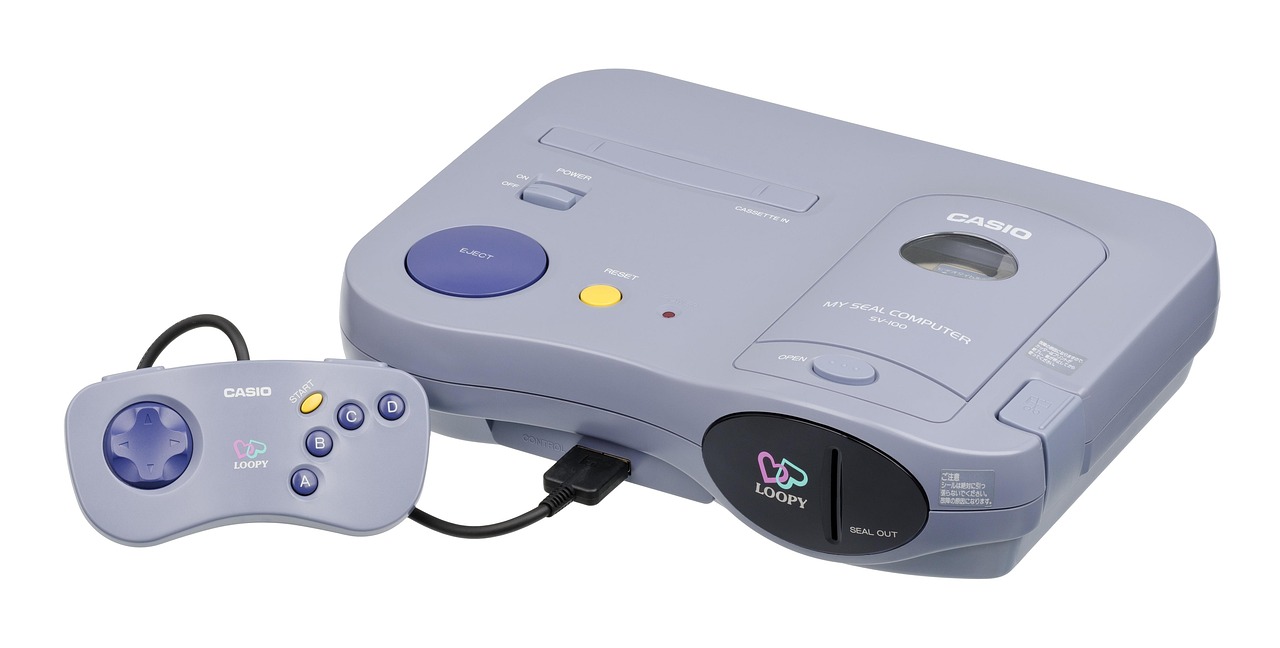Cat collars: a seemingly simple accessory that holds more importance than many cat owners realize. From safety features to identification and even a touch of personal style, choosing the right collar for your feline friend is crucial. This guide dives deep into the world of cat collars, offering expert advice to help you make an informed decision.
Why Your Cat Needs a Collar
Identification and Safety
The primary reason to put a collar on your cat is for identification purposes. If your cat ever gets lost, a collar with an ID tag significantly increases the chances of a safe return. According to the American Veterinary Medical Association (AVMA), microchipped cats are 20 times more likely to be reunited with their owners than cats without microchips, and a visible collar can alert finders to check for a microchip.
- ID tags should include:
– Your phone number.
– Your address (optional, but can be helpful).
– A note about any medical conditions or medications.
- Consider a QR code tag that links to an online profile with more detailed information, including emergency contacts and vet details.
- A breakaway collar ensures that if your cat gets snagged on something, the collar will snap open, preventing choking hazards.
Reflective and Visibility Features
Outdoor cats, even those primarily indoors, benefit from reflective collars. These collars enhance visibility in low-light conditions, making your cat more visible to cars and pedestrians, especially during dawn and dusk.
- Look for collars with highly reflective materials woven into the fabric.
- Some collars include LED lights for extra visibility, which can be especially helpful at night.
- Consider brightly colored collars, even if they’re not reflective, as they’re easier to spot.
Types of Cat Collars
Breakaway Collars
Breakaway collars are specifically designed with a safety release mechanism that allows the collar to open if it encounters resistance. This feature is crucial for preventing strangulation, especially for adventurous cats who like to explore tight spaces.
- Breakaway collars come in various styles and materials, so you can find one that suits your cat’s personality and your preferences.
- Test the breakaway feature regularly to ensure it’s functioning correctly.
- Consider the weight and size of the breakaway clasp; a heavier clasp might be too bulky for a small kitten.
Standard Collars
Standard collars feature a buckle closure similar to a belt. While these collars are often more durable, they lack the safety release mechanism of breakaway collars and are generally not recommended for cats unless used with extreme caution and constant supervision (e.g., during leash training indoors).
- If you choose a standard collar, ensure it fits properly, allowing enough space for two fingers to slide comfortably between the collar and your cat’s neck.
- Never leave a cat unsupervised with a standard collar.
- Standard collars are more suitable for attaching bells or charms for indoor use under strict supervision.
Flea and Tick Collars
Flea and tick collars contain insecticides that repel or kill fleas and ticks. These collars can be an effective way to prevent infestations, but it’s essential to use them with caution and follow the manufacturer’s instructions carefully.
- Always choose a flea and tick collar specifically designed for cats.
- Monitor your cat for any signs of irritation or allergic reaction after applying the collar.
- Consider the active ingredients in the collar; some cats may be sensitive to certain chemicals. Consult your veterinarian for recommendations.
- Be aware that some flea and tick collars are not breakaway and may pose a safety risk.
Choosing the Right Material and Fit
Collar Materials
The material of the collar affects its comfort, durability, and appearance. Common materials include nylon, polyester, cotton, and leather.
- Nylon: Durable, affordable, and easy to clean.
- Polyester: Similar to nylon but often softer and more resistant to fading.
- Cotton: Comfortable and breathable but may absorb moisture and wear out more quickly.
- Leather: Stylish and durable but can be more expensive and require more maintenance.
Ensuring a Proper Fit
A properly fitted collar is crucial for both comfort and safety. A collar that is too tight can cause discomfort and even injury, while a collar that is too loose can easily slip off.
- Measure your cat’s neck circumference before purchasing a collar.
- As a general rule, you should be able to fit two fingers comfortably between the collar and your cat’s neck.
- Check the fit regularly, especially for kittens who are still growing.
- Adjust the collar as needed to maintain a comfortable and secure fit.
Training Your Cat to Wear a Collar
Gradual Introduction
Introducing a collar to your cat should be a gradual and positive experience. Start by letting your cat sniff and investigate the collar before attempting to put it on.
- Leave the collar near your cat’s food bowl or favorite resting spot to associate it with positive experiences.
- Briefly put the collar on your cat for a few minutes at a time, gradually increasing the duration as your cat becomes more comfortable.
- Offer treats and praise while your cat is wearing the collar to reinforce positive associations.
Positive Reinforcement
Positive reinforcement is key to successful collar training. Use treats, praise, and playtime to reward your cat for wearing the collar.
- Avoid forcing your cat to wear the collar if they are resistant.
- If your cat tries to remove the collar, distract them with a toy or treat.
- Be patient and consistent, and your cat will eventually accept wearing a collar.
Conclusion
Choosing the right cat collar is a vital part of responsible pet ownership. By considering safety features, materials, fit, and training techniques, you can ensure your cat is comfortable, identifiable, and protected. Prioritize a breakaway collar for safety, and regularly check the fit to prevent discomfort or escape. With a little patience and research, you can find the perfect collar that suits your cat’s needs and your personal style. Remember, a collar is not just an accessory; it’s a lifeline for your furry friend.



